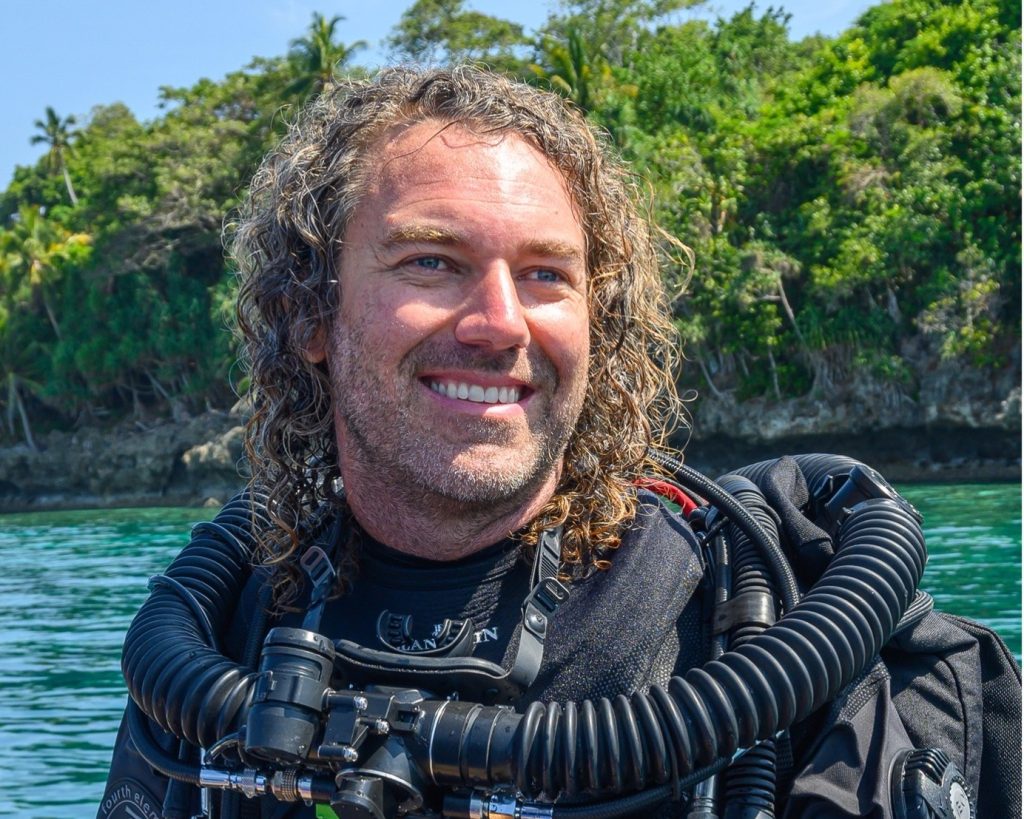How we assess seafood products
We have eight key steps to follow when assessing the sustainability of seafood products.
Identifying potential seafood products for assessment. Our Science Reference Committee, the Happy Fish Project and the Independent Assessor discuss potential seafood products for assessment.
Conducting the pre-assessment analysis. The Independent Assessor conducts a pre-assessment analysis before a seafood product is selected for a full assessment. This is shared with our Science Reference Committee for initial consideration.
Determining whether a seafood product is to be assessed. The Science Reference Committee considers the pre-assessment analysis and decides whether the seafood product can proceed to a full assessment. It then notifies the Independent Assessor and the Happy Fish Project of its decision.
Gathering data and preparing a draft assessment. Once a product is selected for a full assessment, the Independent Assessor gathers and analyses all available data and consults with the seafood product’s producer. The assessor focusses on information that is freely available to the public. However, consideration is also given to reliable and verifiable data and knowledge provided by seafood producers and suppliers, fishery managers, conservation organisations, local fishers or other coastal/aquatic resource users.
Creating a draft producer assessment. The Independent Assessor presents the draft assessment to our Science Reference Committee for review. After that review, which may include advice from an additional peer reviewer, the Independent Assessor updates and then sends the draft assessment to the producer for feedback.
Finalising and grading the seafood product’s assessment. After receiving the producer’s feedback, the Independent Assessor updates the assessment and sends it to the Science Reference Committee, which may seek adjustments before finalising the assessment and determining the recommended final grade – ‘Green’, ‘Yellow’ or ‘Red’ – for each criterion and the seafood product overall.
Gaining approval from the SASAL Board. The Science Reference Committee sends the final assessment to our Board for its approval.
The Happy Fish Project notifies the producer of the assessment outcome. When approved by our Board, the final assessment is sent to the Happy Fish Project, which notifies the producer of the assessment outcome. If the assessment grading is either ‘Yellow’ or ‘Green’, the Happy Fish Project will add it to the list of their promoted seafood products.
A seafood product assessed as achieving either Green or Yellow has satisfied the minimum requirements of our criteria. The product will be reassessed in five and three years respectively. For a product assessed as ‘Red’, the assessment remains confidential between our company and the producer and is not made public. We will work with that producer to find ways in which the production of their seafood product can be improved to achieve the requirements of our ‘Green’ standard.
Dr Steve Lindfield
Independent Assessor
Steve is a marine scientist from the Central Coast of NSW. He comes from a commercial fishing family and has worked as a commercial fishing observer prior to completing his PhD at the University of Western Australia. Steve specialises in tropical small-scale fisheries, coral reef ecology, and marine protected areas, and has conducted research in Australia, Indonesia, Micronesia and West Africa. He uses novel technology such as underwater stereo-video and artificial intelligence for monitoring fish populations, and closed-circuit rebreathers for deep diving research. He is a former Rolex Scholar and a National Geographic Explorer. Steve has been conducting seafood assessment for us and the Happy Fish Project since 2020.

